A deep dive into Fantom Network

Fantom (FTM) is a smart contract-enabled blockchain that offers a stable platform for creating decentralized applications (dApps).
Fantom's a decentralized, permissionless, open-source smart contract platform for decentralized apps (dApps) and digital assets. It is one of several blockchain networks designed to compete with Ethereum. The Fantom blockchain mainnet, launched in December 2019 solves the blockchain trilemma by achieving a stable balance of scalability, security, and decentralization.
Like other Ethereum alternatives, Fantom aims to offer more scalability and cheaper costs than the classic first-mover smart contract platform Ethereum 1.0.Fantom's infrastructure is linked through an asynchronous Byzantine Fault Tolerant (aBFT) Proof-of-Stake (PoS) consensus method that ensures operating efficiency. The aBFT network topology is designed to preserve network security while maximizing speed.
Fantom Network Infrastructure
Fantom's infrastructure and efficiency are maintained through a Proof-of-Stake (PoS) consensus process known as Asynchronous Byzantine Fault Tolerant (aBFT). The aBFT network, which went online in 2019, is primarily intended to maintain network security while increasing transaction speed.
1.Asynchronous Byzantine Fault Tolerance is a feature unique to Fantom (aBFT). Considered the gold standard of consensus systems, it addresses the blockchain trilemma by providing maximum quality and certainty in terms of decentralization, scalability, and security.
Although the structure in which an aBFT network varies from alternative consensus techniques are layered. One significant feature is that, unlike Proof of Work, nodes in an aBFT network can establish consensus independently and do not need to exchange finished blocks of data.
Additionally, there is no excessive communication or data congestion that would typically restrict the number of participating nodes. Thus, aBFT networks give a higher level of scalability and decentralization.
2."Directed Acyclic Graphs" record the chronology of “event blocks'' and respective transactions, with each node achieving internal consensus independently. Confirmed batches of event blocks are then compiled into finalized blocks that are confirmed on the wider Fantom network. Finalized blocks, which form the base layer Fantom blockchain, are composed of confirmed event blocks from the independent nodes.
Lachesis Protocol
Fantom’s mainnet deployment—Fantom Opera—is built on Fantom’s consensus mechanism, Lachesis. Fantom is a leaderless, asynchronous, and byzantine fault-tolerant Layer 1 blockchain protocol. Lachesis enables Fantom to deliver fast transaction speeds, low transaction costs, and deterministic finality. This is achieved while remaining permissionless, decentralized, and open-source.
Fantom Blockchain Mainnet: Opera
Opera is a development environment that is permissionless and open-source. Because it supports the Solidity programming language and connection with the Ethereum Virtual Machine, It offers the same range of smart contract capabilities as Ethereum (EVM). Interoperability between Fantom-based applications and Ethereum-based systems is possible, as a result the Fantom network's transactional efficiency is preserved.
Fantom Ecosystem
Fantom DeFi
Fantom’s native utility token — FTM — powers the entire Fantom blockchain ecosystem. FTM tokens are used for staking, governance, payments, and fees on the network.
Fantom also employs a feature called Liquid Staking, whereby stakers can mint sFTM at a 1:1 ratio to their staked FTM to be used as collateral in Fantom Finance — a suite of DeFi apps provided by Fantom — thus allowing users to get more use out of their staked FTM. Some of the DeFi offerings that Fantom provides include:
fUSD: a Fantom-based stablecoin that’s pegged to the U.S. dollar
fSwap: a synthetic asset decentralized trading platform
fLend: a liquidity pool from which users can lend or borrow
Partnerships & Solutions
Staking & Storing Fantom
To stake Fantom FTM tokens, users must hold at least one FTM.
1. Download and install the FTM wallet on your computer, iOS device, or mobile device.
2. Send your FTM to your Opera email address.
3. Select a validator (preferably with a good reputation) and stake the desired quantity of FTM tokens. Although validators have no access to any tokens other than their own, users may lose all of their staked FTM tokens if a validator node behaves maliciously.
Staking pay-outs for FTM tokens vary according to the FTM holder's degree of engagement. Because staking takes place on-chain, personal devices such as smartphones and desktop computers are not needed to be online or connected at all times. Users may safely log out of their wallets and frequently check back in to access or view their reward balance because staking operates independently after locked tokens.
Wallets
The native wallet for the FTM Opera mainnet is the Fantom (FTM) wallet. Users may transfer and receive FTM, stake, claim, and unstake FTM, and vote on governance ideas, among other things, via the Fantom wallet. Fantom wallets work with popular mobile systems like Metamask, Ledger, and Trust Wallet.
Fantom's approach to the DeFi and dApp scene, as well as its staking incentive program structure, are both revolutionary. dApps linked to supply chain management, payments, and smart city initiatives are also suggested use cases for Fantom's highly scalable smart contract platform, some of which are already being deployed worldwide.
Fantom's approach to quick, scalable dApp development is still establishing itself in the larger blockchain ecosystem as the first of its type with its complicated and unique architecture. Even though the developing dApp industry is already crowded, the speed and interoperability advantages that Fantom provides developers are considerable. Fantom's platform is set to gain even further popularity in the future.
Don't forget to follow us @cryptonezo to stay updated with the latest blockchain and cryptocurrency news.

Financial Crime Investigator & AML Specialist. Crypto Educator NFT Marketing & Crypto Promoter DeFi & Web 3.0 Content Writer
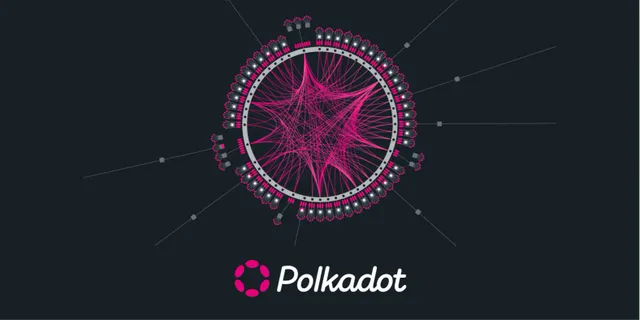



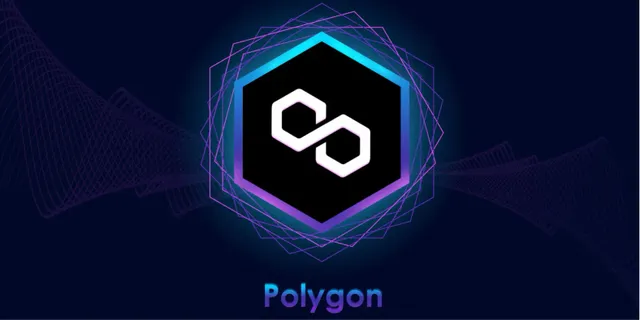
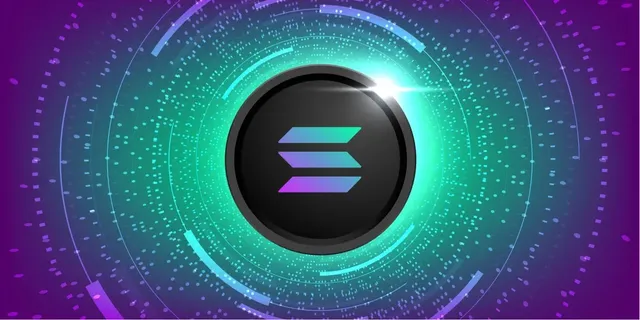
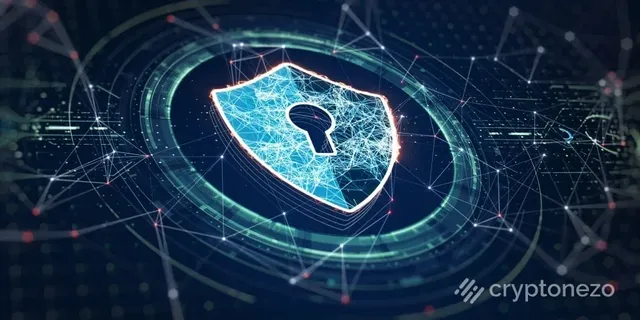


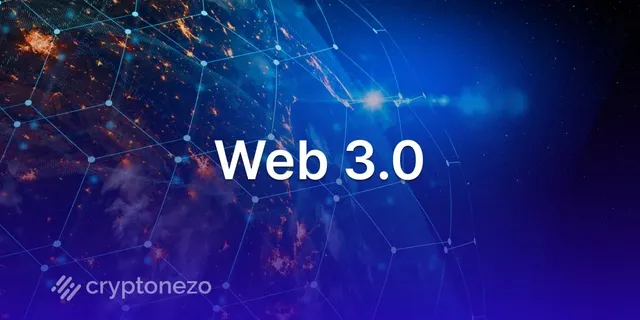



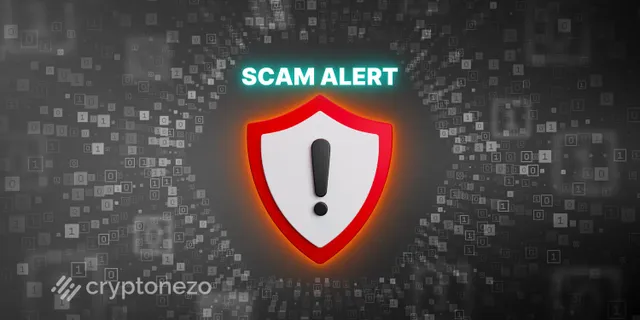


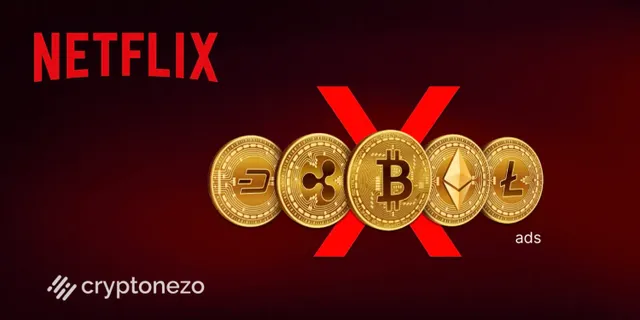



.webp)